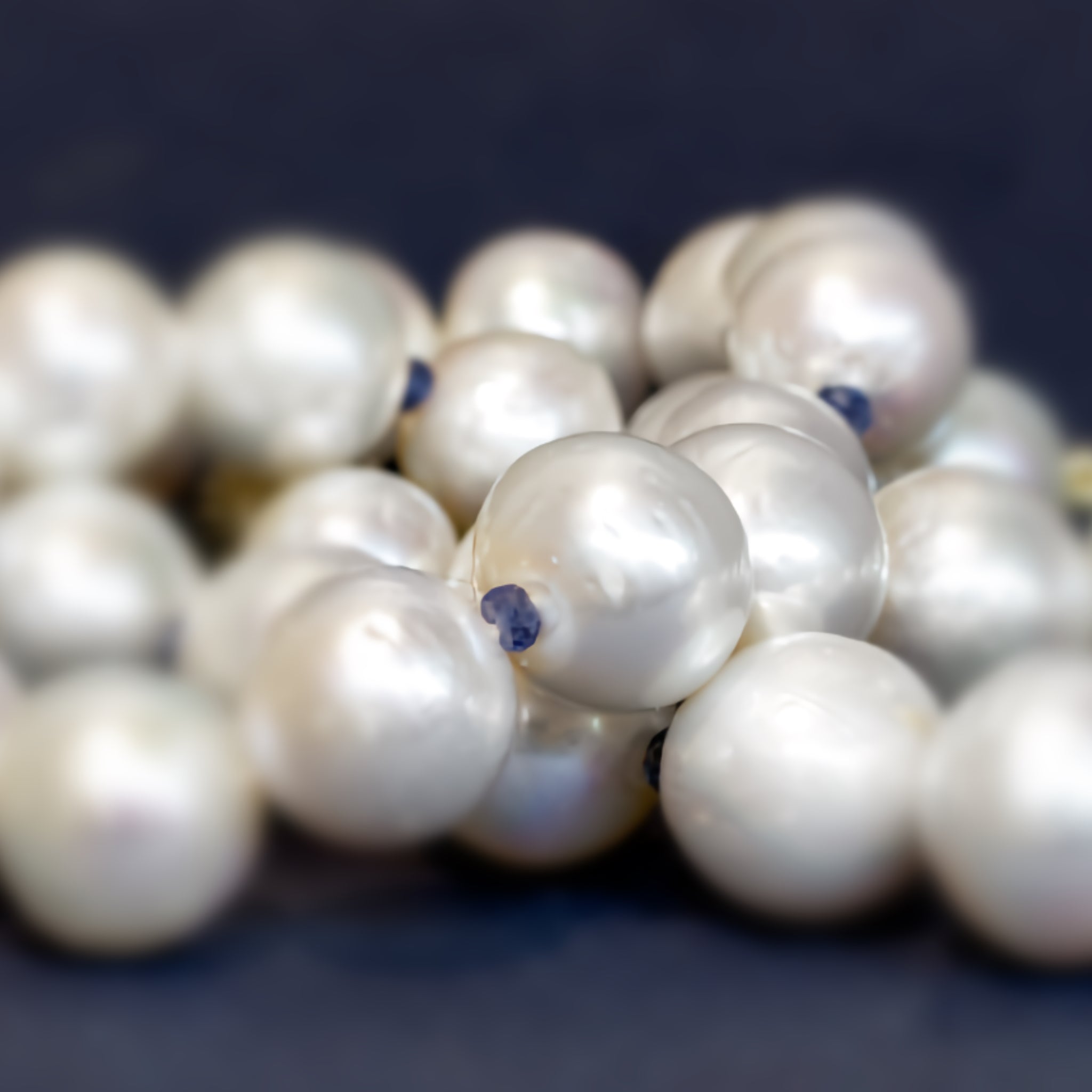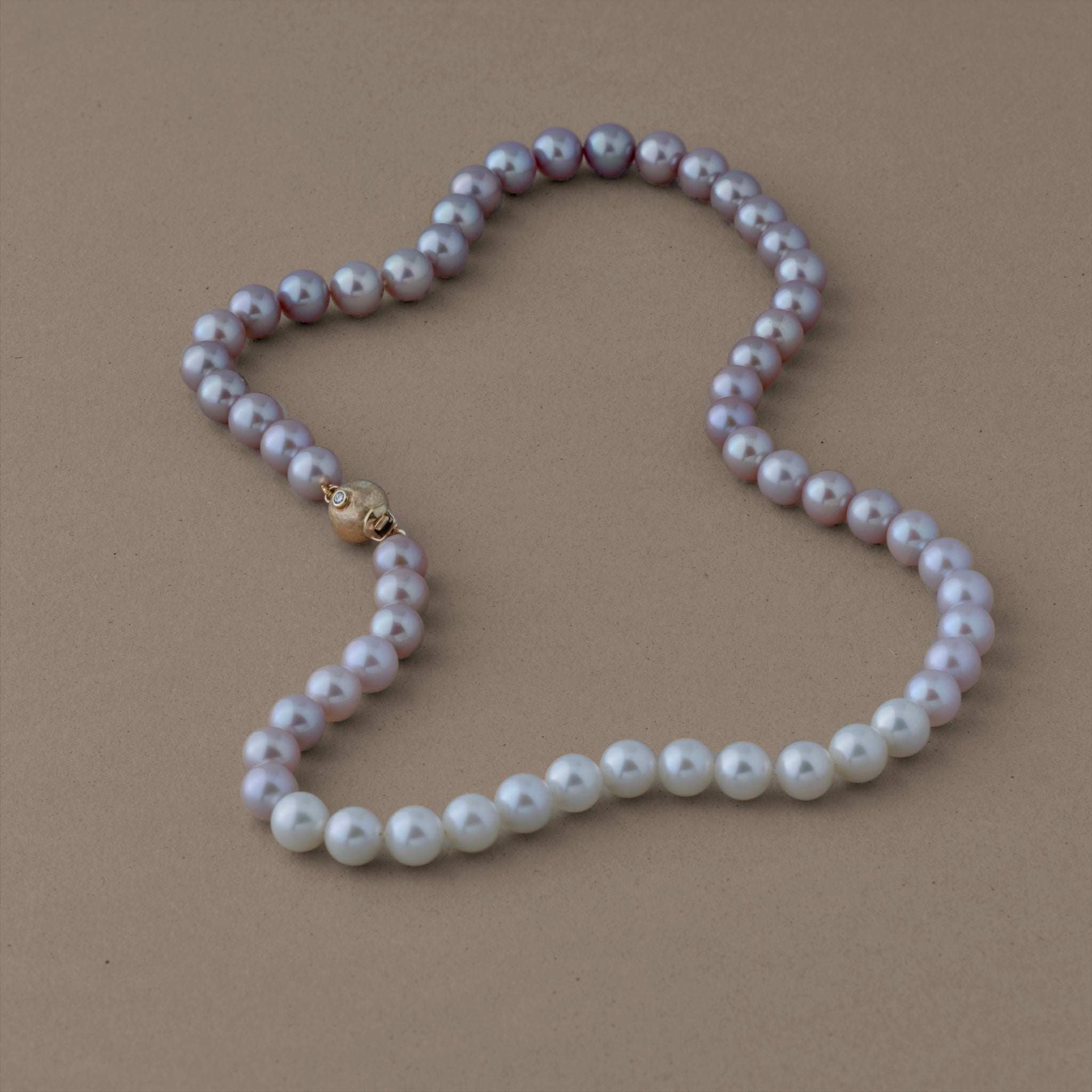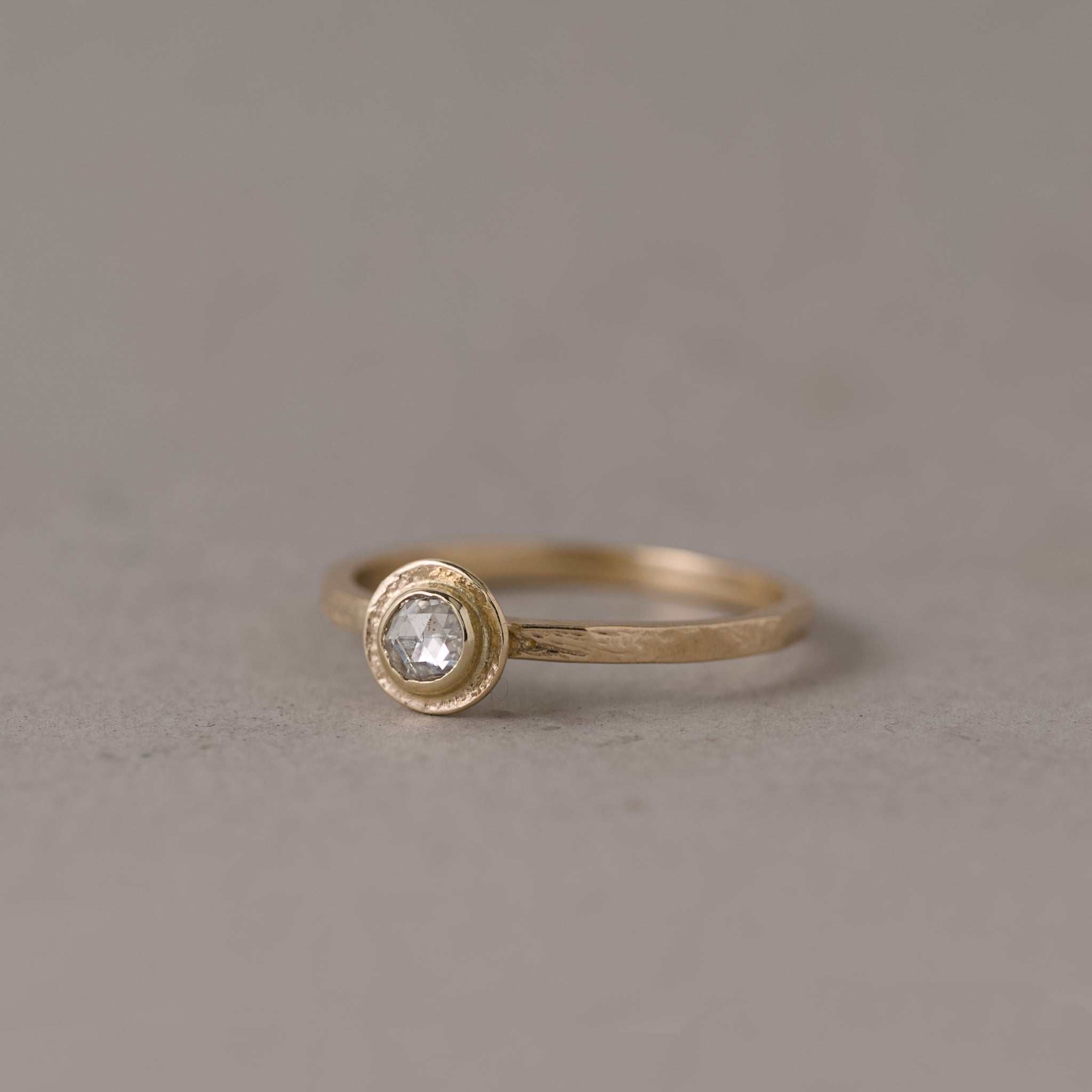
Why are pearls so special?
Gone are the days of pearls being a bit boring and expensive, there are now so many options, once you distill down your preferences, selection becomes easier and choosing a strand becomes bespoke and more likely to be worn.
Walking into the pearl halls at the Hong Kong jewellery shows is a daunting task yet ideal from a selection and comparision point of view. Comparing the boxes and trays, you can soon observe the nuances of nacre & hue quite quickly as your eye adjusts and starts to discern the differences. Once the strands have been chosen, each pearl is checked for blemishes and consistency, then its bought, ready to come back to Australia to be hand knotted and clasped by me.
For an individual not having the luxury of the jewellery shows, to buy a single strand can be confusing out there as the selection is just huge especially online. But if you focus on a few points, the path to your perfect pearls becomes a lot clearer with a little knowledge especially if you are reliant on an online purchase. With pearls, you do get what you pay for, and the quality generally depends on surface blemishes, lustre and size. Similar to diamond's fire, pearls are primarily judged on their lustre and thats what you should be looking for if you are buying in store or online.

"the arrival of the cultured pearl has allowed the best of human intervention & nature's brilliance to develop pearls of consistency & availability"
Natural pearl strands are rare and valuable as most would be pre-20th century and it is impossible to buy them now unless at auction from estates. Before the cultured pearl was developed it took jewellery houses many years to complete a pearl necklace of matching pearls which only allowed the wealthy to attain them. They are formed when an irritant, such as a grain of sand or a parasite, enters the mollusk. The mollusk then secretes layers of nacre, a combination of calcium carbonate and protein, to protect itself. Over time, these layers build up and form a pearl and occasionally you can find one in a mollusk.
Choosing cultured pearls: South Sea, Akoya, Tahitian, freshwater
Cultured pearls are created through a similar process as natural pearls, but with the help of human intervention which has eliminated the guess work and randomness of natural pearls. Developed by Kokichi Mikimoto in the 1890's, he is seen as the father of the cultured pearl. Mitusibishi's Baron Iwasaki was the first to culture south sea pearls.
A small piece of mantle tissue from a donor mollusk is implanted into the host mollusk, which then forms a pearl around it. These pearls can be produced in a controlled environment, making them more readily available and affordable.
Almost all pearl categories are cultured pearls & although pearls can be graded from AAA/A to A/D, the grading system is not universal so of not much help. AAA/A pearls have high lustre, perfect roundness and no surface blemishes. This is fine for exceptional round pearls such as Akoya, South Seas or Tahitian. Those seeking an individual look with ripples, organic and natural shapes such as baroque, then lustre and size is probably a better guide rather than a quality ranking.

South Sea pearls: The epitome of big luxury
For those seeking the ultimate in luxury, South Sea pearls are the perfect choice. These pearls are renowned for their exceptional size, luster, and colour making them automatically statement pearls. They are cultivated in the pristine waters of the South Pacific including Australia, followed by Indonesia, Fiji & the Philipines, resulting in pearls that are unmatched in size, quality and beauty with a price to boot. It is easy to pay thousands of dollars for a single strand and they come in a variety of colours including white, gold and silver. While round is perfection many gravitate to, the more playful baroque shapes which give a more individual and informal yet exclusive look. The lustre of south sea pearls have depth and tone rather than just shine.

Akoya pearls: The classic choice
If Cartier is the King of High Jewellery then Mikimoto is the Queen of Pearls . These pearls are cultivated in oysters in saltwater environments and are known for their perfectly round shape and high luster. Not usually bigger than 7-8mm they are simply classic & elegant. Often graduated, they have been a favourite among pearl enthusiasts for decades, and their timeless beauty continues to captivate. Primarily found in Japan, they are also produced in China & Vietnam. The colour range is limited to classic whites, creams, pale pink & silver. Their tiny perfection and grace commands a premium price for this uniform quality.

Freshwater pearls: Let your imagination rip
Most freshwater pearls come from China. Make no mistake, high quality made in China pearls are simply fabulous having a much higher lustre than the other pearl categories. These pearls are cultivated in mussels in freshwater lakes and rivers, resulting in a wide range of shapes and sizes. Here you can let your imagination run riot with shapes like the keishi cornflake pearls, baroques, rounds, coins, sticks and any shape you can imagine. Thankfully, the lurid colours they were colouring pearls with a few years ago has now passed and the colours have returned to more natural creams, grey, golds and ivory. Freshwater pearls have charm and individuality with their ripples and wrinkles. They are more affordable and their high lustre with their natural and organic shapes are a stunning alternative to their perfect cousins. High lustre, large size and consistent quality pearls can easily command hundreds of dollars a strand.

Tahitian pearls: Take a walk on the dark side
Tahitian pearls, also known as black pearls, are cultivated primarily in French Polynesia. Grown in the black lipped pearl oyster and prized for their dramatic & unique peacock colors, ranging from black to gray, with overtones of green, pink, blue, or purple. These come in large perfect rounds or baroques. Expensive like their south sea cousins, Tahitian pearls are prized for their exotic and luxurious appeal.
Choosing the right pearl necklace: size, colour, length, skintone
When selecting a pearl necklace, there are a few factors to consider. The first is the size of the pearls. South Sea pearls & Tahitian pearls are typically larger in size, 10mm and up, whereas Akoya pearls are uniformly small at under 8mm typically. Freshwater can be in either category. Size for round pearls will point to either a statement necklace or understated glamour if smaller.
The clasp will be a factor in the price of your pearls especially if it is solid gold & the quality of the clasp is a good indicator of the quality of the pearls. You can consider going for a silver or plated clasp and higher quality pearls, it just depends on how you wear your clasp and whether you want it to be seen. With graduated pearls, the clasp won't generally be seen as it will lay at the back of the neck while baroque pearls, viewing the clasp will be a likely be an attractive feature of the necklace. A higher quality clasp can always be added later for a change of style or an upgrade.

Another important factor is the colour of the pearls. South Sea pearls are known for their warm, golden hues, while freshwater pearls come in a large variety of colors, including white, cream, pink, and lavender. Akoya pearls are typically white or cream-colored.
Consider your skintone here. Ivory, gold & silver pearls will suit tanned or darker skin, while skin with pink undertones, cream/yellow undertones will be enhanced with off-white, cream to mixed pastel coloured pearls. The dramatic dark Tahitian pearls with their greens and pinks flashes can also be tailored to flatter your skintone.
Lastly, consider the length and style of the necklace. A choker-style necklace sits snugly around the neck and is the understated option. A princess-length necklace falls just below the collarbone and is a versatile option that can be dressed up or down. A matinee-length necklace falls below the collarbone and is slightly more formal.
Most pearls are strung with silk or a polyester combination and individually knotted, this maximises their drape and if the strand breaks then you will not have individual pearls bouncing over the floor. This type of threading means absolutely no water on them as it can stretch or wreck the knots.
If you do get your pearls wet then, lie them in their natural shape and allow them to dry throuroughly before wearing. Wiping your pearls with a damp cloth and using a polishing cloth on the clasp is the only maintenance they need. Modern stringing materials last for years and shouldn't need to be replaced unless it has moved out of shape.
Pearls will never go out of style, their increased availability makes them more popular and versatile than ever. It is a piece of jewelry that can be passed down through generations with careful care, creating a unique store of memories.
Read more
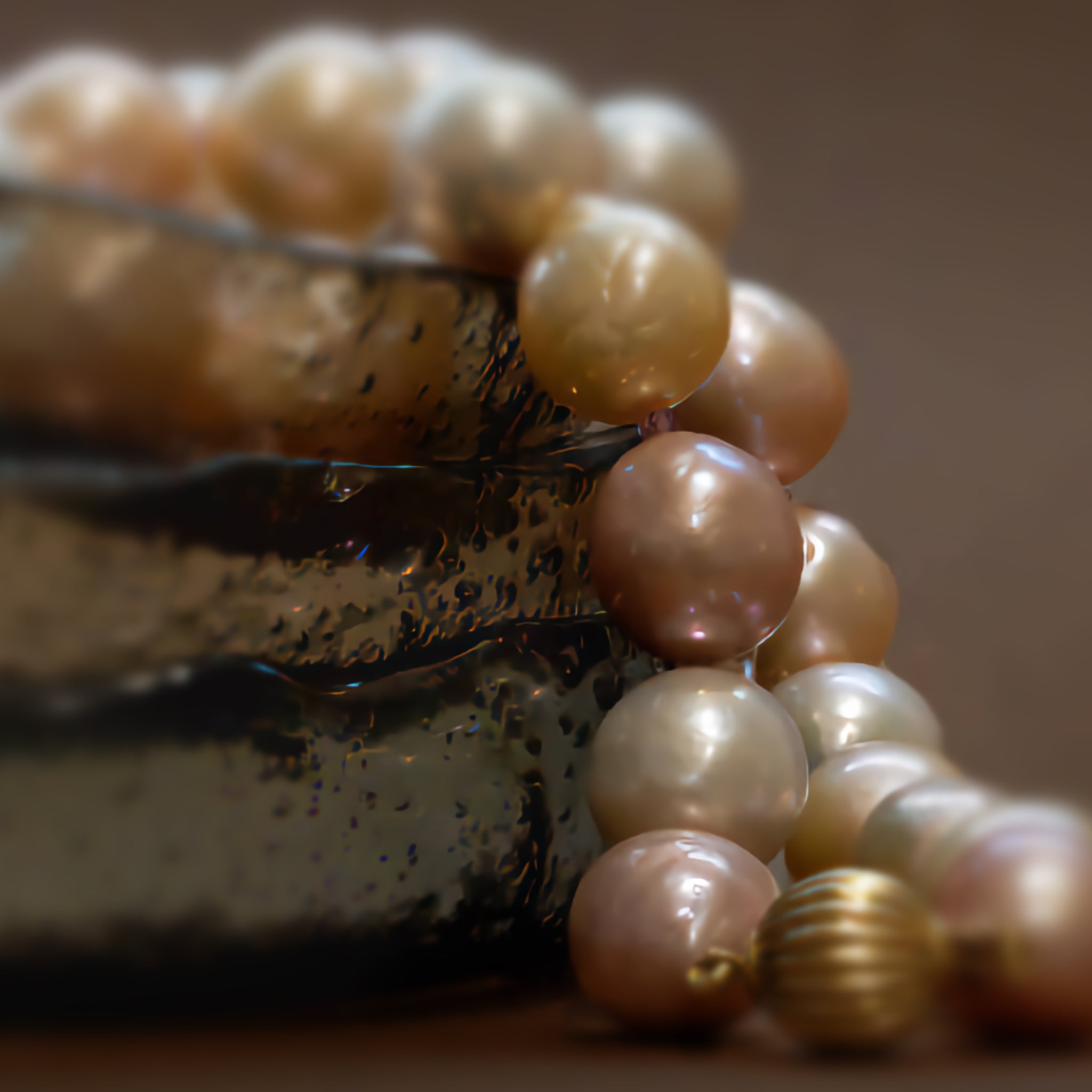
earls have captured the hearts of jewellery lovers for centuries. These lustrous gems, with their beauty and elegance, have adorned the necks of famous individuals throughout history. From Cl...
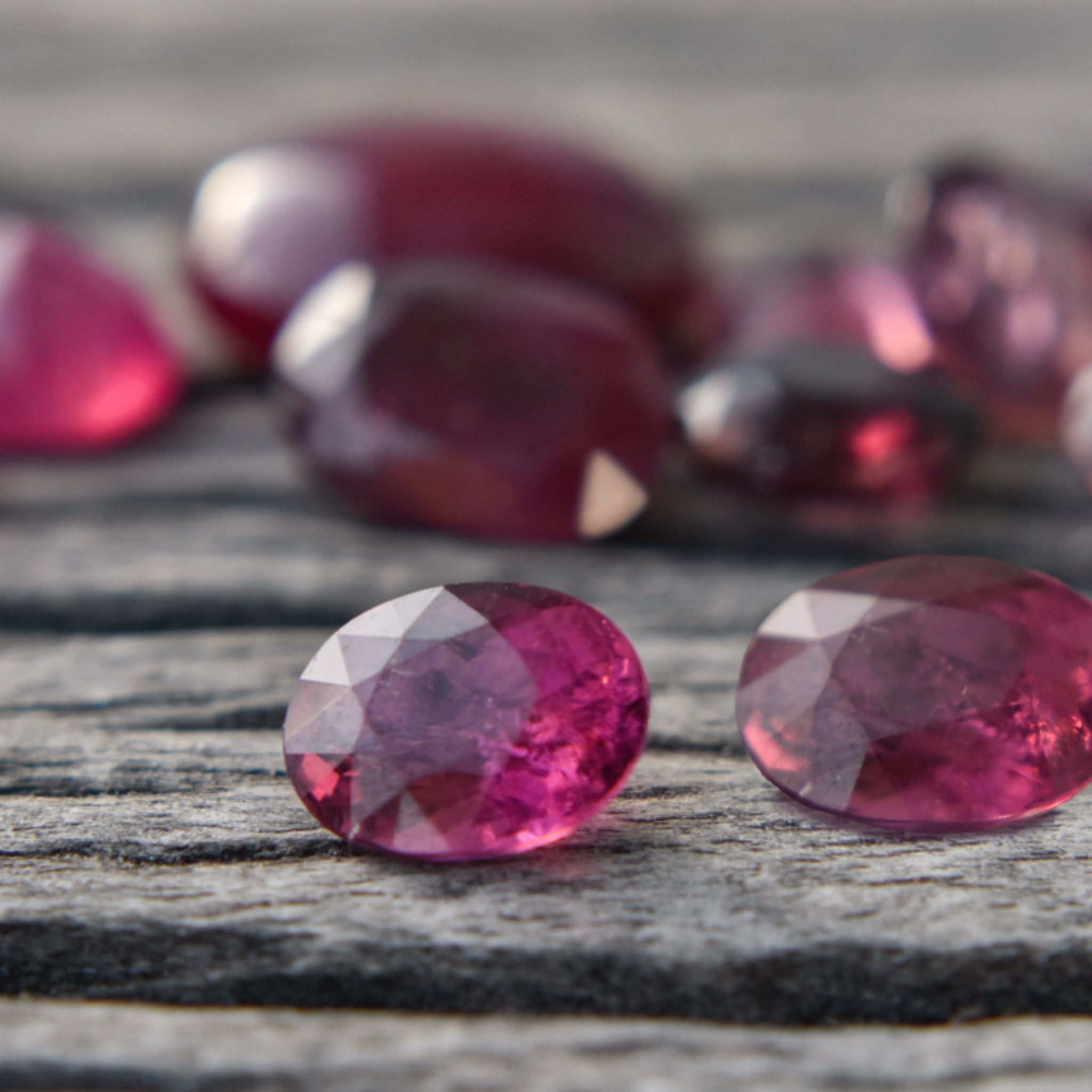
red sapphires are rubies & pink sapphires are not rubies When it comes to colored gemstones, pink sapphires, and rubies dominate the red end of the light spectrum. While they may share a si...
